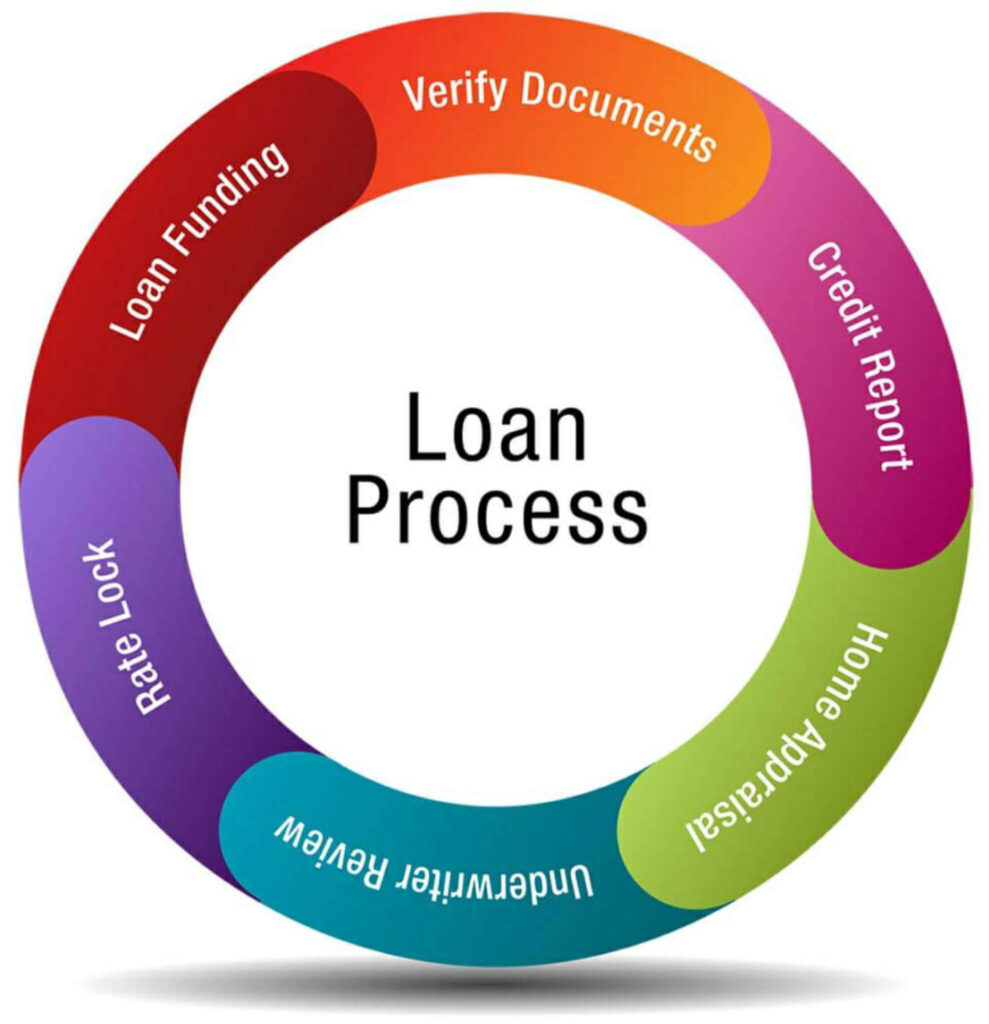Securing a home loan can be a complex endeavor, but for veterans, active-duty service members, and eligible surviving spouses, the VA loan program offers a streamlined and beneficial option. The VA loan approval process is designed to be more accessible than conventional loans, with several distinct advantages. This article will provide a detailed overview of the VA loan approval process, guiding you through each step to help you achieve homeownership with confidence.
What is a VA Loan?
A VA loan is a mortgage option provided by private lenders and partially guaranteed by the U.S. Department of Veterans Affairs (VA). It is specifically designed to assist veterans, active-duty service members, and certain members of the National Guard and Reserves in purchasing homes with favorable terms. Benefits include no down payment, no private mortgage insurance (PMI), competitive interest rates, and more lenient qualification requirements.

Understanding the VA Loan Approval Process
Step 1: Determine Eligibility
The first step in the VA loan approval process is determining your eligibility. To qualify for a VA loan, you must meet specific service requirements, which typically include:
- Active-Duty Service Members: At least 90 consecutive days of active service during wartime or 181 days during peacetime.
- Veterans: A minimum length of service requirement, which varies based on the period of service.
- National Guard and Reserve Members: At least six years of service or 90 days of active service during wartime.
- Surviving Spouses: Unmarried surviving spouses of veterans who died in service or from a service-connected disability may also be eligible.
You can verify your eligibility by obtaining a Certificate of Eligibility (COE) from the VA, which is required by lenders to confirm your eligibility status.
Step 2: Obtain a Certificate of Eligibility (COE)
The COE is a crucial document in the VA loan approval process. It verifies to lenders that you meet the VA’s service requirements. You can obtain your COE in three ways:
- Online through the VA’s eBenefits Portal: This is the fastest method.
- By Mail: Complete VA Form 26-1880 and mail it to the VA.
- Through a Lender: Many VA-approved lenders can obtain your COE on your behalf.
Step 3: Pre-Qualification and Pre-Approval
Pre-qualification and pre-approval are important steps that help you understand how much home you can afford and show sellers that you are a serious buyer.
Pre-Qualification
Pre-qualification is an informal process where you provide a lender with basic information about your income, assets, and debts. The lender then gives you an estimate of how much you might be able to borrow. This step is useful for setting a budget and beginning your home search.
Pre-Approval
Pre-approval is a more formal process where the lender verifies your financial information, including your credit score, income, and employment history. During pre-approval, you will need to submit several documents, such as:
- Proof of income (pay stubs, tax returns)
- Proof of assets (bank statements, investment accounts)
- Employment verification
- Credit report
Once pre-approved, the lender will provide a conditional commitment for a specific loan amount, which strengthens your offer when you find a home you want to purchase.
Step 4: House Hunting and Making an Offer
With a pre-approval letter in hand, you can start your house-hunting journey. Working with a real estate agent experienced in VA loans can be beneficial. When you find a home that meets your needs, you will make an offer. If the seller accepts your offer, the process moves to the next stage.
Step 5: VA Appraisal and Underwriting
VA Appraisal
After your offer is accepted, your lender will order a VA appraisal. The VA appraisal serves two primary purposes:
- Assess the Home’s Value: Ensures the home is worth the purchase price.
- Ensure Minimum Property Requirements (MPRs): Verifies the home meets the VA’s standards for safety, sanitation, and structural soundness.
It is important to note that a VA appraisal is not the same as a home inspection. A home inspection is more detailed and is recommended to identify any potential issues with the property.
Underwriting
Once the appraisal is complete, the loan enters the underwriting phase. The underwriter reviews all the documentation, including your financial information and the appraisal report, to ensure everything meets the VA’s requirements and the lender’s guidelines. The underwriter may request additional information or clarification during this process.
Step 6: Closing the Loan
After the underwriter approves your loan, you will move to the closing phase. During closing, you will sign the final loan documents, pay any closing costs, and complete the transaction. Key steps include:
- Final Walkthrough: Conduct a final walkthrough of the home to ensure it is in the agreed-upon condition.
- Review Closing Disclosure: Review the Closing Disclosure form, which outlines the final terms and costs of the loan.
- Sign Documents: Sign the necessary documents, including the mortgage note, deed of trust, and any other required paperwork.
- Pay Closing Costs: Pay any remaining closing costs, including the VA funding fee, loan origination fees, and other associated costs.
Step 7: Move into Your New Home
Once the closing process is complete, you will receive the keys to your new home. Congratulations! You are now a homeowner with a VA loan.
Common Challenges and Solutions
While the VA loan approval process is designed to be accessible, borrowers may encounter some challenges. Here are a few common issues and solutions:
Low Credit Score
While the VA does not set a minimum credit score, most lenders prefer at least 620. If your credit score is lower, consider improving it before applying, such as paying down debt and correcting any errors on your credit report.
Insufficient Income
Lenders want to ensure you have sufficient income to cover the loan payments. If your income is insufficient, you may need to provide additional documentation, such as proof of other income sources or a co-signer.
Property Issues
If the VA appraisal identifies issues with the property that do not meet MPRs, the seller may need to make repairs before the loan can be approved. Negotiating with the seller or finding a different property are potential solutions.
Conclusion
The VA loan approval process offers a path to homeownership for veterans, active-duty service members, and eligible surviving spouses, with benefits that make it more accessible than conventional loans. By understanding each step of the process—from determining eligibility to closing the loan—you can navigate the journey with confidence and secure a home that meets your needs. Whether you are a first-time homebuyer or looking to refinance, the VA loan program provides a valuable opportunity to achieve your homeownership goals.
